Completed in April 2016, the BIO4MAP project is now bringing a new type of sustainable food packaging to the market. The consortium promises a significant increase in shelf life for fresh pasta and cheese, a cost 25 % lower than alternatives, and an environmental and carbon footprint reduced by up to 29 %.
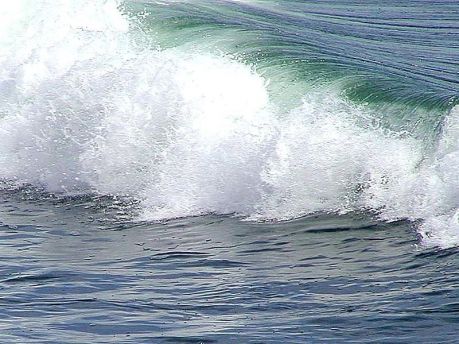
Accurate wind and wave forecasts are crucial to the day-to-day management of offshore and coastal operations and play a key role in coastal management systems. EU-funded researchers therefore developed realistic ocean wave models and incorporated them into accurate global climate forecasts.
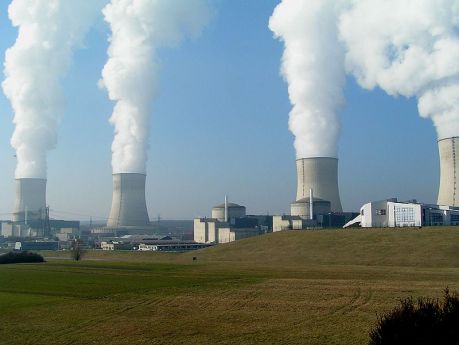
One of the main problems of the use of nuclear energy is nuclear waste management. An EU-funded project focuses on assessing the use of minor actinides from the used nuclear fuel as a fuel for next-generation nuclear reactors.
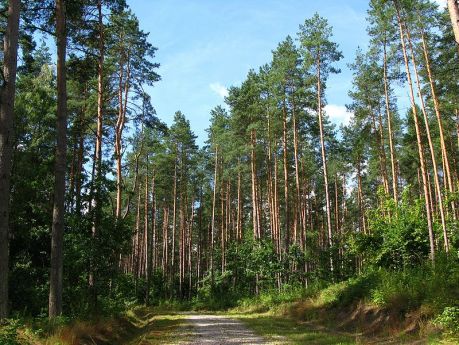
An EU research initiative sought to limit the impact of the pine wood nematode (PWN), an invasive pest that is devastating Portugal's pine forests.
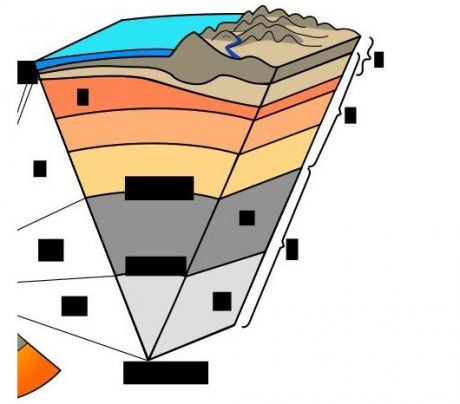
To EU-funded Earth scientists it is evident that many parts of the Earth's crust have been extracted from the underlying mantle. However, the timing of new crust formation and recycling of old crust has proven to be an elusive issue.
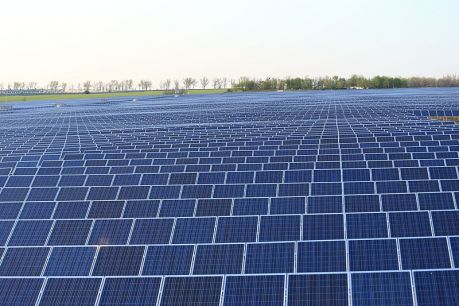
EU researchers successfully designed an innovative system for storing concentrated solar thermal energy. The developed reactor concept promises to make a real contribution to the EU's ambitious energy and climate change targets.
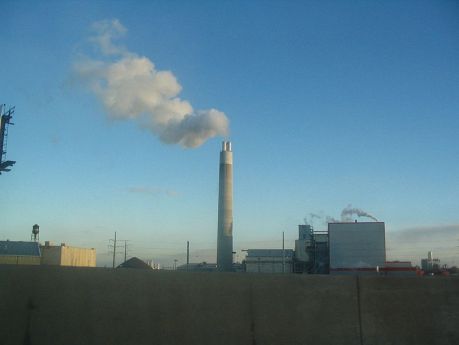
Metals released into the atmosphere from human activities pose a significant risk to ecosystems and human health. Small airborne particles with a diameter of less than 10 microns can be inhaled and then absorbed into the alveolar tissue of the lungs, resulting in damage.
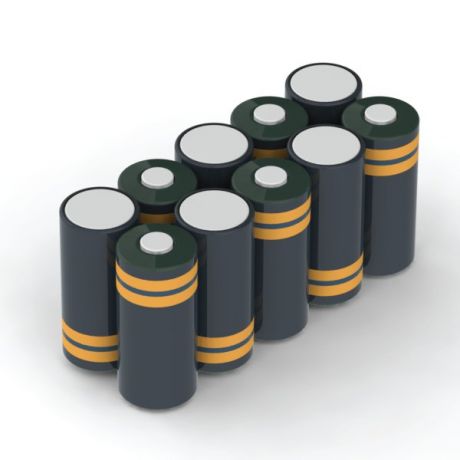
Lithium-ion (Li-ion) batteries have revolutionised portable consumer electronics from cameras to cell phones to laptops. Validated safety testing of larger, higher-energy installations has paved the way to large-scale stationary applications as well.
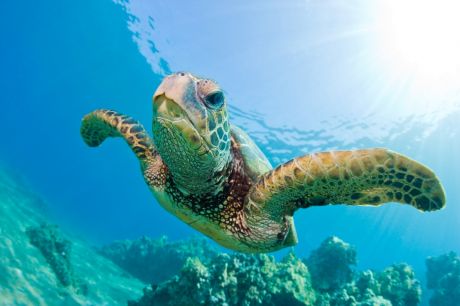
The Mediterranean supports a rich diversity of marine life, which is the focus of conservation efforts. An EU initiative investigated how best to designate and manage these sites for marine conservation.

An EU project considered adapting an American tax-based scheme financing green technologies for European use. The programme was effective in its native California, and the team recommended its adoption in preference to subsidy options.
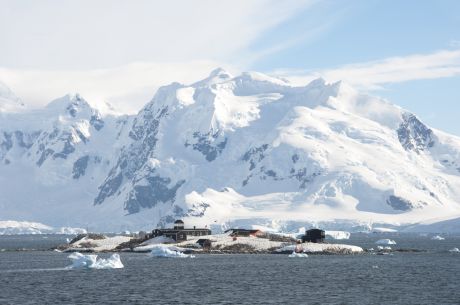
The EU lacks a roadmap that states what powers it has and how best to use them in protecting marine biodiversity in the Arctic region. An EU-funded initiative aimed to examine Europe's capability in addressing such issues.
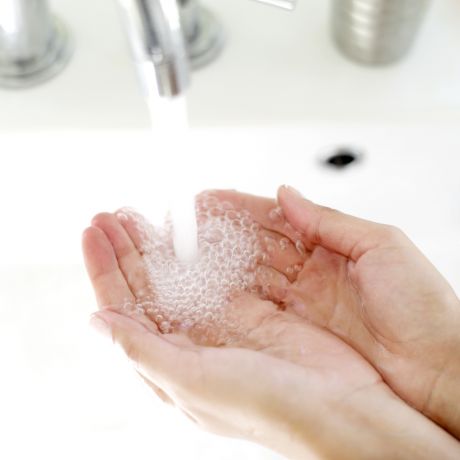
Supplies of fresh clean drinking water and safe water sanitation are at risk from a number of different factors. An EU initiative transformed urban water services and their management, enabling utilities to design and introduce innovative and sustainable solutions.

The majority of European (and global) biodiversity is made up of insects, but little is known about their distribution, abundance and the threats they face. This lack of knowledge is of particular concern for species involved in pollination, such as bees, butterflies and hoverflies and for the benefits society gains from pollination services.
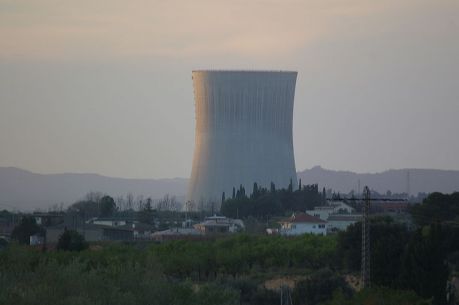
Thermal hydraulics is recognised as key to the development of next-generation reactor systems. EU-funded researchers have developed new physical models and improved numerical analysis tools as well as their application to address cross-cutting issues.
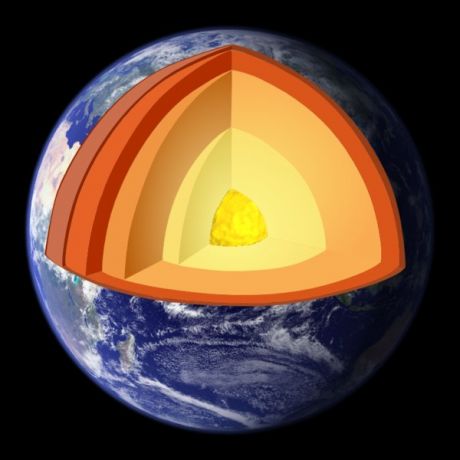
Thanks to a recent EU-funded study, geological chemists now understand how tectonic plates and convection in the mantle are connected.

Scientists have developed tools for best land management practices and designed strategies to mitigate desertification through research on shrub encroachment on grassland areas.
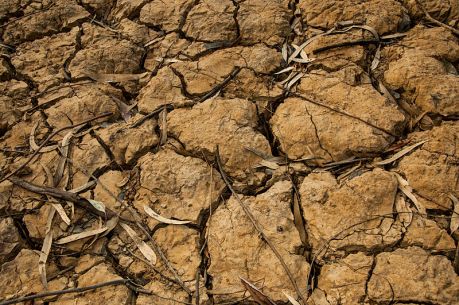
An EU team examined Europe's drought history to predict the future hazard. Results included a major impact database, pan-European vulnerability and riks maps, as well as options for drought management for different geo-climatic settings.
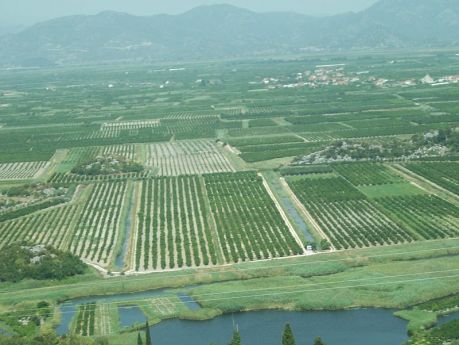
In-depth studies and modelling scenarios of how land is being exploited have helped further policies that encourage sustainability and safeguard ecosystems across Europe.
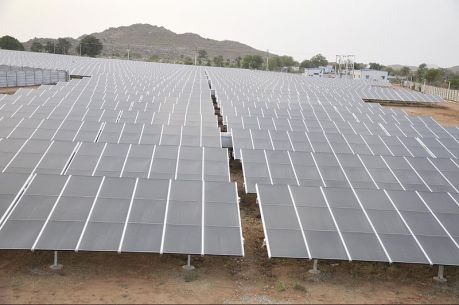
Harnessing the sun’s heat is normally achieved with metal-based systems. EU-funded scientists developed polymeric solar thermal concepts to meet building heating needs at significantly reduced cost.
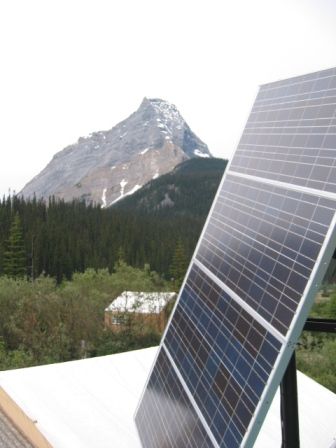
Using light to produce either electricity or hydrogen, dye-sensitised solar cells (DSSCs) are currently the most efficient third-generation solar technology. Increases in their conversion efficiency through better understanding of how light-absorption materials function will make them attractive for large-scale deployment.
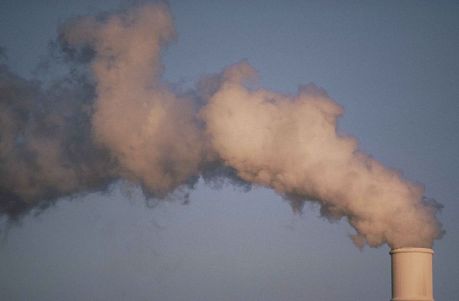
Researchers have developed sophisticated computer models that simulate the fate of carbon dioxide (CO2) injected and stored in deep geological formations.
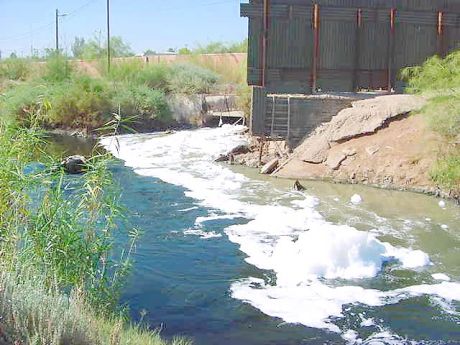
Scientists across Europe are harnessing the power of electrokinetic transport to remove contaminating chemicals from the environment.

An EU-funded project has provided scientists, policymakers and citizens with improved discovery and access to cross-discipline, Earth observation data and services that meet their individual needs. This includes processing large quantities of data as needed in scientific experiments.
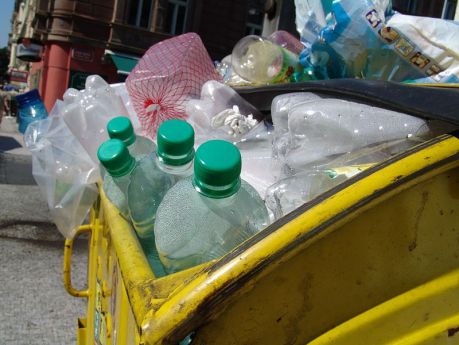
An EU initiative developed a new process to recycle plastic waste for food packaging. This resource enables industry to conform to European Commission regulations on recycled plastic materials and parts intended to come into contact with foods.
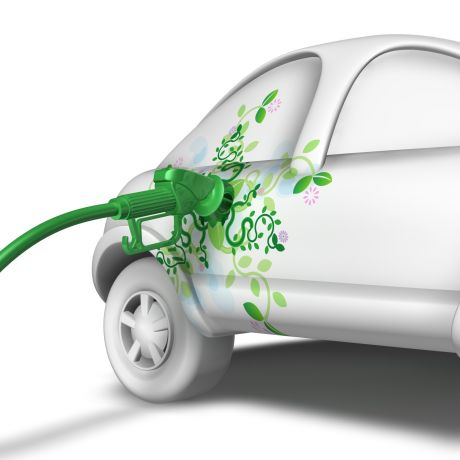
Increasing concerns about rising atmospheric carbon dioxide (CO2) levels prompted scientists to explore ways of converting this greenhouse gas into fuels and organic materials using light.























